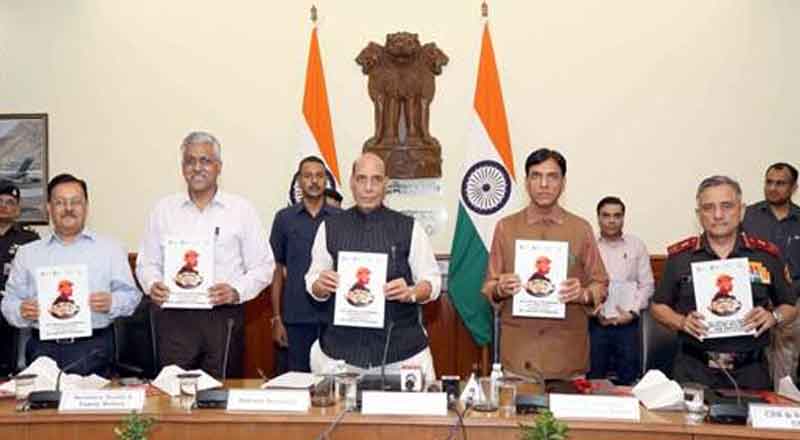The Department of Telecommunications (DoT) has released its much-awaited draft National Telecom Policy 2018(NTP-18) on May 2, 2018, for public comments. The policy is re-named as National Digital Communications Policy (NDCP) 2018, keeping with the digital technology trends.
One of the key strategies in the draft talks of recognising spectrum as a key natural resource for public benefit to achieve India’s socio-economic goals. On spectrum pricing, it said there should be optimal pricing of spectrum to ensure sustainable and affordable access to digital communications and simplifying the process of obtaining permissions from various agencies such as Wireless Planning and Coordination (WPC) and Standing Advisory Committee on Radio Frequency Allocation (SACFA) in order to promote efficiency.
It further identifies and makes available new spectrum bands for access and backhaul segments for timely deployment and growth of 5G networks and making available harmonised and contiguous spectrum required for deployment of next generation access technologies.
“We believe the objective of the policy is to help strengthen India’s market competitiveness by harnessing the new and emerging digital technologies and platforms,” comments Priya Mahajan, Head of Asia Pacific Public Policy & Regulatory Counsel, Verizon Enterprise Solutions. He further says, “It is promising to see policy focus on review of the regulatory framework, for a dynamic, future-proof and transparent regime that aims to reduce regulatory barriers and burdens to promote and protect level playing field and competition, leading to innovation and investment. In particular, the focus on reducing regulatory fees and the concept of pass-through revenues in line with principles of input line credit, & reduction in the cost of international bandwidth by rationalizing access charges is a welcome move.”
One of the key focuses of the policy is to enable next-generation technologies and services via investment, innovation thereby accelerating India’s transition to industry 4.0. “However, we note that emerging technologies such as Software Defined Networks (SDNs) and Network Function Virtualization (NFV), Software Defined Wide Area Network (SD-WAN), Unified Communications – which is essential for reaping the full benefits of convergence – don’t find a mention in the draft telecom policy. The revised policy should reflect the dynamics of the evolving technology landscape in a manner, which increases customer choice, affordability, competition and enhances the digital eco-system,” says Priya Ranjan.
The draft further states that the new policy further hints at accomplishing some of the strategic objectives by 2022 including — Provisioning of Broadband for all, creating four million additional jobs in the digital communications sector, enhancing the contribution of the digital communications sector to eight per cent of India’s GDP from around six per cent in 2017, enhancing India’s contribution to global value chains and ensuring digital sovereignty.
The draft also talks of establishing a ‘National Broadband Mission – Rashtriya Broadband Abhiyan’ to secure universal broadband access for implementation of broadband initiatives, to be funded through USOF and Public Private Partnerships — BharatNet for providing 1Gbps to Gram Panchayats upgradeable to 10 Gbps, GramNet for connecting all key rural development institutions with 10Mbps upgradeable to 100 Mbps, NagarNet for establishing one- million public Wi-Fi Hotspots in urban areas, JanWiFi for establishing two-million Wi-Fi Hotspots in rural areas and implementing a ‘Fibre First Initiative’ to take fibre to the home, to enterprises and to key development institutions in tier I, II and III towns and to rural clusters.
Thedraft policy lastly talks of incentivising the use of renewable energy technologies in the communications sector, including utilisation of small cell fuel batteries, lithium-ion batteries or other similar technologies; promoting research and development of green telecom through active participation of stakeholders and rationalising taxes and levies on the manufacture, production and import of such equipment for digital communication technologies.





